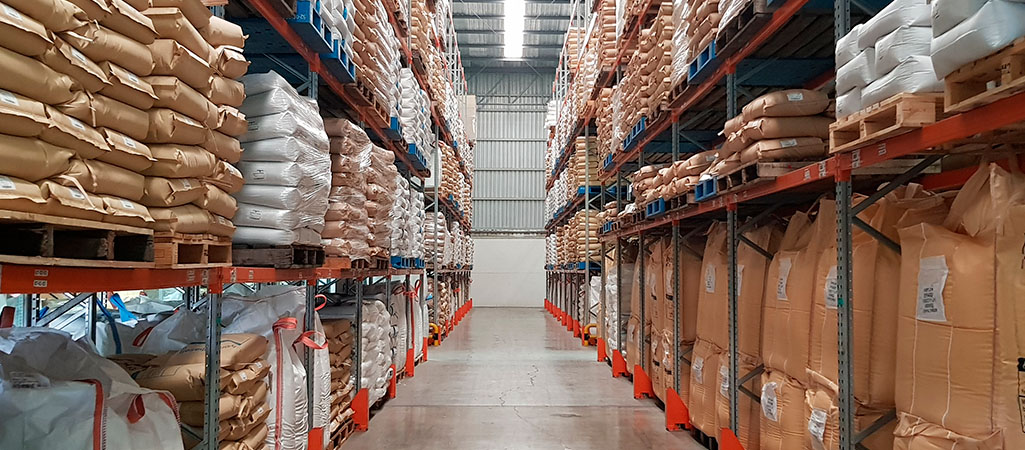In the world of logistics and supply chain management, cross docking is a crucial concept that has become increasingly popular in recent years. It refers to a method of receiving goods from a supplier and distributing them directly to customers, without storing the products in a warehouse. This method of handling goods can help to reduce lead times, lower costs, and improve the overall efficiency of a supply chain. But what exactly is cross docking and what is its purpose? In this article, we will explore this concept in greater detail and examine its advantages and disadvantages.
What is Cross Docking?
Cross docking is a type of supply chain management system in which products are received from a supplier and then immediately shipped out to a customer. In traditional supply chains, goods are received by a warehouse where they are stored, and then later dispatched to customers. This process can take a significant amount of time, especially if there is a high demand for a particular product. Cross docking, on the other hand, eliminates the need for warehousing and allows for faster delivery of goods to customers.
The purpose of cross docking is to reduce the lead time required to get goods from the supplier to the customer. This can be achieved by eliminating the need to store goods in a warehouse and by reducing the number of handling processes involved in moving goods from the supplier to the customer. Cross docking is particularly useful for perishable goods, such as food and medicine, as it can help to minimize spoilage and reduce waste.
How Cross Docking Works:
The process of cross docking typically begins with the receipt of goods from a supplier. The goods are then sorted and consolidated into smaller, more manageable shipments that are sent directly to the customers. Cross docking requires close coordination between the supplier, the transportation company, and the customer to ensure that goods are received and dispatched in a timely manner.
In order to implement cross docking successfully, a company must have a strong logistics infrastructure in place. This includes a well-designed transportation network, efficient transportation management systems, and a team of experienced logistics professionals who can manage the flow of goods from the supplier to the customer.

Advantages of Cross Docking:
- Reduced Lead Time: By eliminating the need to store goods in a warehouse, cross docking can significantly reduce the lead time required to get goods from the supplier to the customer. This is particularly beneficial for perishable goods and products that have a short shelf life.
- Lower Costs: Cross docking can also help to lower costs by reducing the need for warehousing and by minimizing the number of handling processes involved in moving goods from the supplier to the customer.
- Improved Efficiency: By streamlining the supply chain and reducing the lead time, cross docking can improve the overall efficiency of a company’s supply chain. This can lead to faster delivery of goods to customers and increased customer satisfaction.
Types of cross docking
There are several different types of cross docking, each with its own unique characteristics and applications. The most common types of cross docking include:
Inbound Cross Docking:
in this type of cross docking, goods are received from suppliers and then immediately shipped out to customers. This type of cross docking is commonly used for perishable goods, such as food and medicine, where reducing lead time is critical.
Outbound Cross Docking:
Outbound cross docking involves receiving goods from a warehouse and then immediately shipping them out to customers. This type of cross docking is often used for products that are in high demand, where reducing lead time is important.
Two-Way Cross Docking:
In this type of cross docking, goods are received from suppliers and then shipped out to customers, as well as received from customers and shipped back to suppliers. This type of cross docking is often used for returns and reverse logistics, where reducing the lead time for returning goods is critical.
Direct-to-Store Cross Docking:
Direct-to-store cross docking involves receiving goods from suppliers and then shipping them directly to retail stores, without storing them in a warehouse. This type of cross docking is commonly used by retail companies to get products to stores quickly and efficiently.
Intermodal Cross Docking:
Intermodal cross docking involves transferring goods between different modes of transportation, such as from a truck to a train or a ship. This type of cross docking is commonly used for long-distance shipments, where reducing lead time is important.
Each type of cross docking has its own set of benefits and challenges, and companies must carefully consider their specific needs and requirements when choosing the right type of cross docking for their operations.
In conlusion cross docking is a supply chain management technique aimed at reducing lead time and increasing efficiency by eliminating the need for warehousing. By transferring goods directly from suppliers to customers, cross docking can help lower costs and improve customer satisfaction.
Optimize your supply chain and revolutionize your logistics operations with IFS Group’s expert services, we have a wealth of experience as an International Logistics Operator. Trust us to optimize your cross docking and take your business to the next level.





